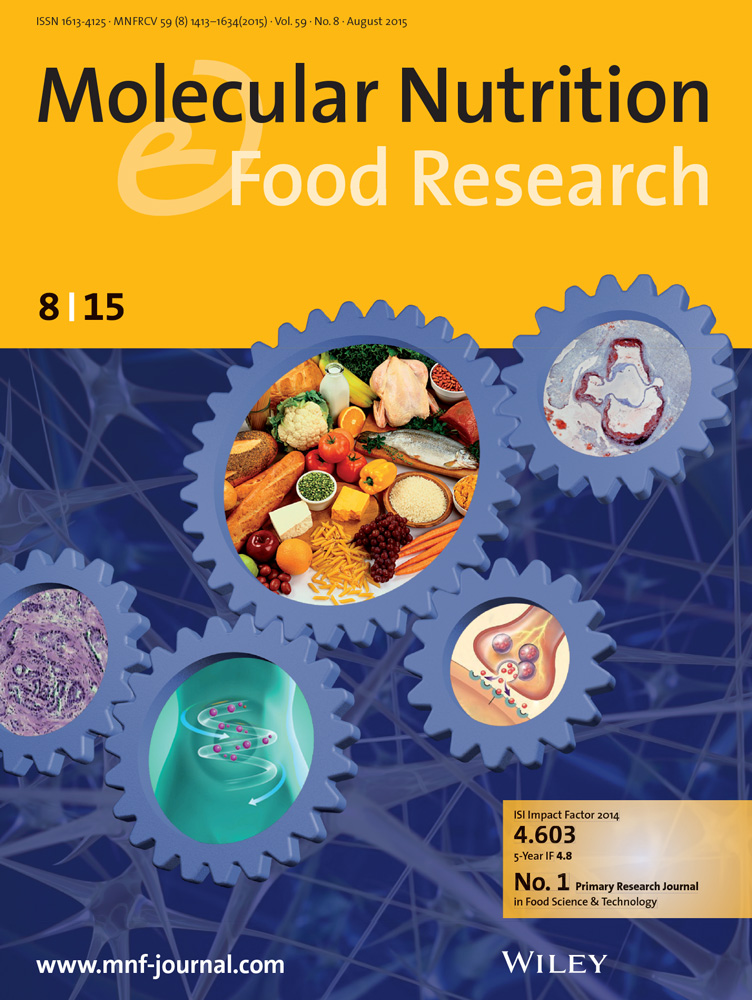Ethanol Extract of Propolis Attenuates Liver Lipid Metabolism Disorder in High-Fat Diet-Fed SAMP8 Mice
Abstract
Scope
The prevalence of high-fat diet (HFD) consumption is increasing among middle-aged and older adults, which accelerates the aging process of this population and is more likely to induce lipid metabolism disorders. But the alleviation of ethanolic extract of propolis (EEP) on lipid metabolism disorders during aging remains unclear.
Methods and results
This study assesseed the impact of EEP intervention (200 mg kg−1 bw) on aging and lipid metabolism disorders in HFD-fed senescence accelerate mouse prone 8 (SAMP8) mice. Findings indicate that EEP ameliorates hair luster degradation and weight gain, reduces systemic inflammation and metabolism levels, enhances hepatic antioxidant enzyme activities, and improves the hepatic expression of senescence-associated secretory phenotype and aging-related genes in HFD-fed SAMP8 mice. Histological staining demonstrates that EEP improves hepatic lipid deposition and inflammatory cell infiltration. Transcriptomic and lipidomic analysis reveal that EEP promotes fatty acid β-oxidation by activating PPAR pathway, resulting in reduced hepatic lipid deposition, and attenuates bile acid (BA) accumulation by improving BA metabolism, which were ensured through qPCR validation of key genes and immunoblot validation of key proteins.
Conclusions
EEP can regulate lipid metabolic dysregulation during aging accompanied by an HFD, potentially delaying the onset and progression of age-related diseases. This provides new approach for supporting healthy aging.


 求助内容:
求助内容: 应助结果提醒方式:
应助结果提醒方式:


